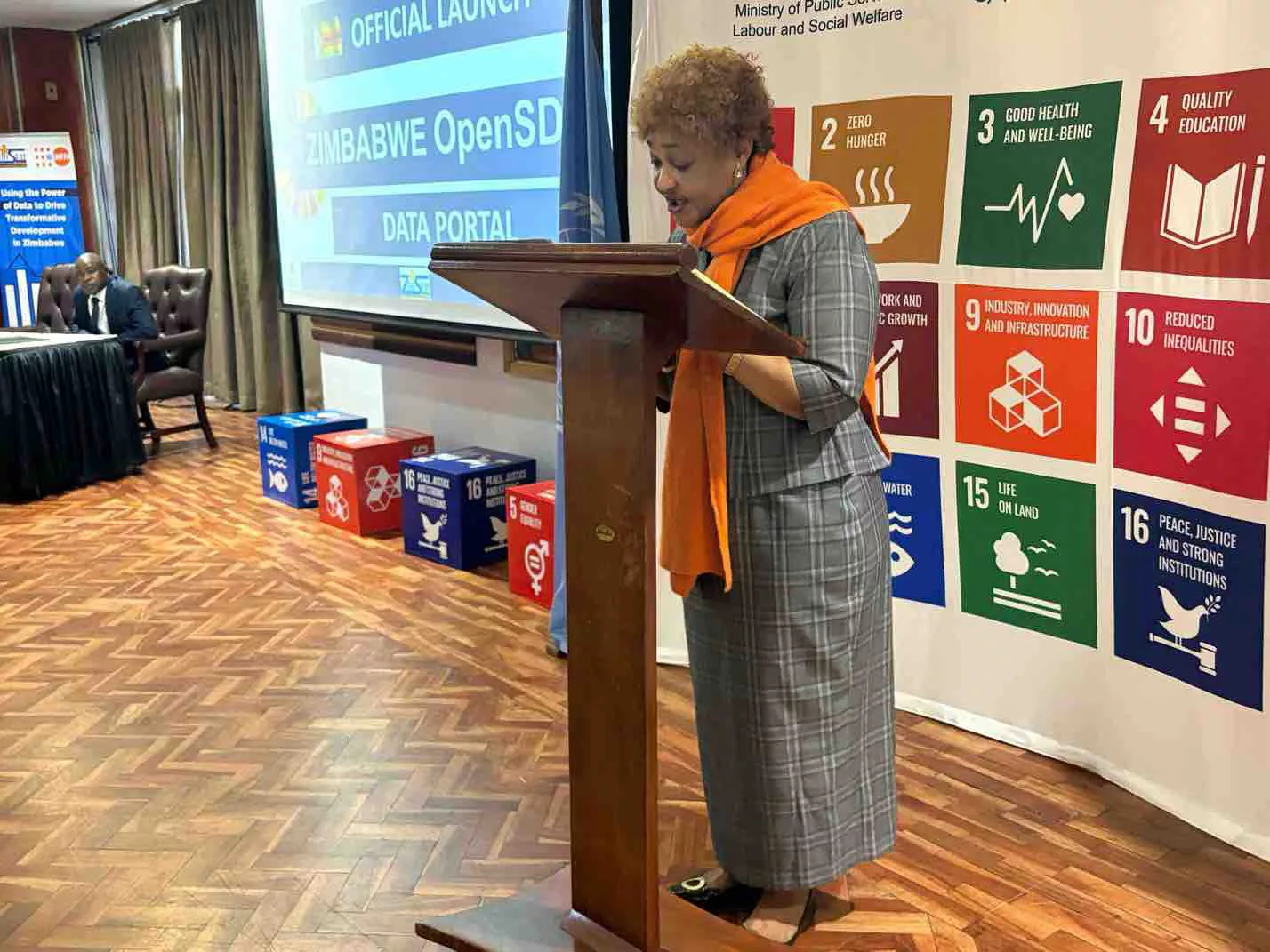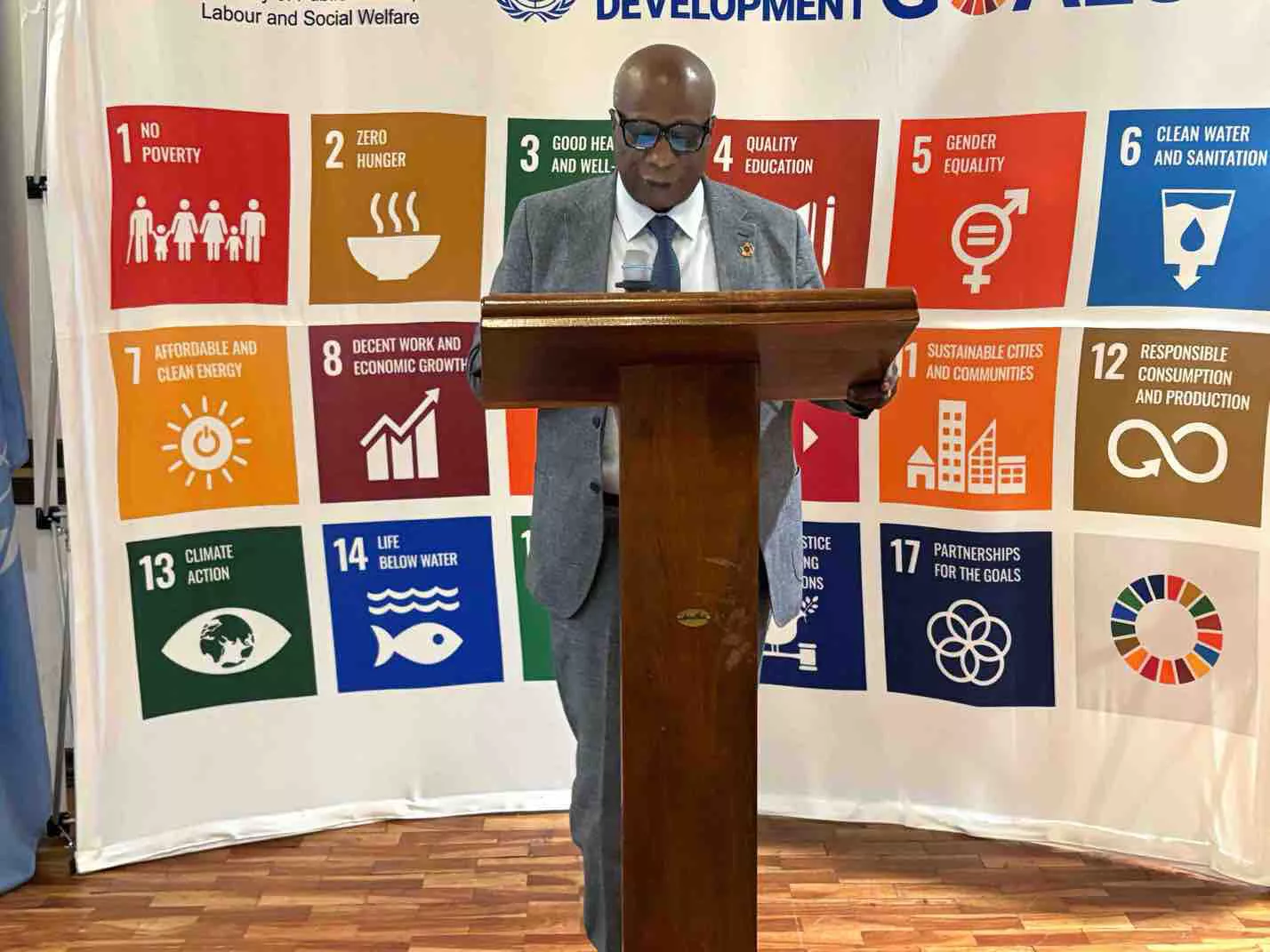|
Getting your Trinity Audio player ready...
|
On June 5th, 2024, countries around the world will come together to observe World Environment Day. This annual event, first established by the United Nations in 1972, aims to raise awareness and inspire action on critical environmental issues. The theme for World Environment Day 2024 is “Regeneration: Ecological Restoration for People and Planet.” This theme highlights the urgent need to heal and revitalize the natural world in the face of climate change, biodiversity loss, and human-caused environmental degradation.
Some of the key focus areas this year include:
- Reforestation and ecosystem restoration: Planting trees, restoring wetlands, and reviving other natural habitats to sequester carbon and support biodiversity.
- Sustainable agriculture and food systems: Promoting farming practices that work in harmony with the environment and ensure food security for all.
- Plastic pollution reduction: Eliminating single-use plastics, improving waste management, and transitioning to a circular economy.
- Clean energy transition: Accelerating the shift to renewable energy sources like solar, wind, and geothermal to mitigate climate change.
Wellington Madumira, coordinator of Climate Action Network Zimbabwe, is encouraging citizens, businesses, and governments to take concrete steps to safeguard the environment.
“From community clean-ups to renewable energy installations, there will be many opportunities for people to get involved and make a difference. As we face the mounting challenges of environmental degradation, World Environment Day 2024 serves as a powerful reminder of our responsibility to be good stewards of the planet. By working together to restore and protect our natural world, we can create a more sustainable future for all,” Madumira said.
Genius T Munukwa, Project officer at Let’s Green the Future, said that deforestation is a major contributor to climate change, as it reduces the amount of carbon dioxide that can be absorbed from the atmosphere-carbon sequestration.
“Carbon sequestration refers to the process of capturing and storing carbon dioxide from the atmosphere. Trees and other plants play a crucial role in carbon sequestration through the process of photosynthesis, where they absorb carbon dioxide and release oxygen. When forests are cleared, the stored carbon in the trees and soil is released back into the atmosphere, contributing to the greenhouse effect and global warming.
“Reducing deforestation and promoting reforestation and afforestation efforts are important strategies for increasing carbon sequestration and mitigating climate change. Forests act as natural “carbon sinks,” meaning they absorb more carbon dioxide than they release. Protecting and restoring forests can help remove excess carbon dioxide from the atmosphere and store it in the biomass of the trees and in the soil.”
Tendai Gracious Moyo, Director of Let’s Green the Future Trust emphasized the impact of collective small actions on the environment and urges reflections on personal environmental footprints for a better future.
Admire Chanyandura, a Lecturer at the School of Wildlife and Environmental Sciences at Chinhoyi University of Technology added that all the components of the Environment are dependent on each other in a web of relations known as the ecological web. It is necessary to maintain this web in balance because if one component collapses then the entire web will crumble destroying all life forms.
Chantelle Tauya, a project officer with Action 24, emphasized the importance of tree planting and forest restoration in preventing soil erosion, enhancing soil fertility, and revitalizing ecosystems. She pointed out that youth-led tree-planting initiatives could significantly influence the fight against desertification and climate change mitigation.
“Additionally, promoting sustainable farming techniques such as agroforestry, conservation agriculture, and organic farming can improve soil health, conserve water resources, and enhance biodiversity. Involving young people in sustainable agriculture is essential for restoring degraded lands and promoting food security. Their advocacy for policies supporting land restoration efforts, raising awareness about combating desertification, and mobilizing communities through social media campaigns, community events, and educational programs can inspire others to join the cause.
“Our Land. Our Future. We are #GenerationRestoration Get involved in restoring land, halting desertification and building drought resilience.”
Tinashe Mangosho added that there is a need to embrace innovation and technology to enhance land restoration efforts and make them more effective and efficient.
“Youth-led initiatives leveraging drones, remote sensing, and other advanced technologies can help monitor land degradation, plan restoration projects, and track progress towards sustainable land management goals. By engaging youth in combating desertification and promoting land restoration, we can tap into their potential as change-makers and create a more sustainable future for generations to come,” Mangosho said.
Esnath Mashanda, a Climate activist and advocate for sexual and reproductive health and rights, emphasized the need to unite art, education, and activism to spotlight the importance of land restoration, combat desertification, and build resilience to drought.
“Together, we can create a more sustainable and inclusive world for present and future generations.
“World Environment Day 2024 serves as an important platform to mobilize GenerationRestoration and harness the collective power of young people in safeguarding our environment and combating desertification. Let us work together to restore degraded lands, preserve biodiversity, and build a more resilient and sustainable planet for all. The challenges of land degradation, drought, and desertification continue to pose significant threats to global security and sustainability. However, these challenges also present opportunities to innovate and implement sustainable land management practices that can significantly mitigate these threats,” Mashanda said.






